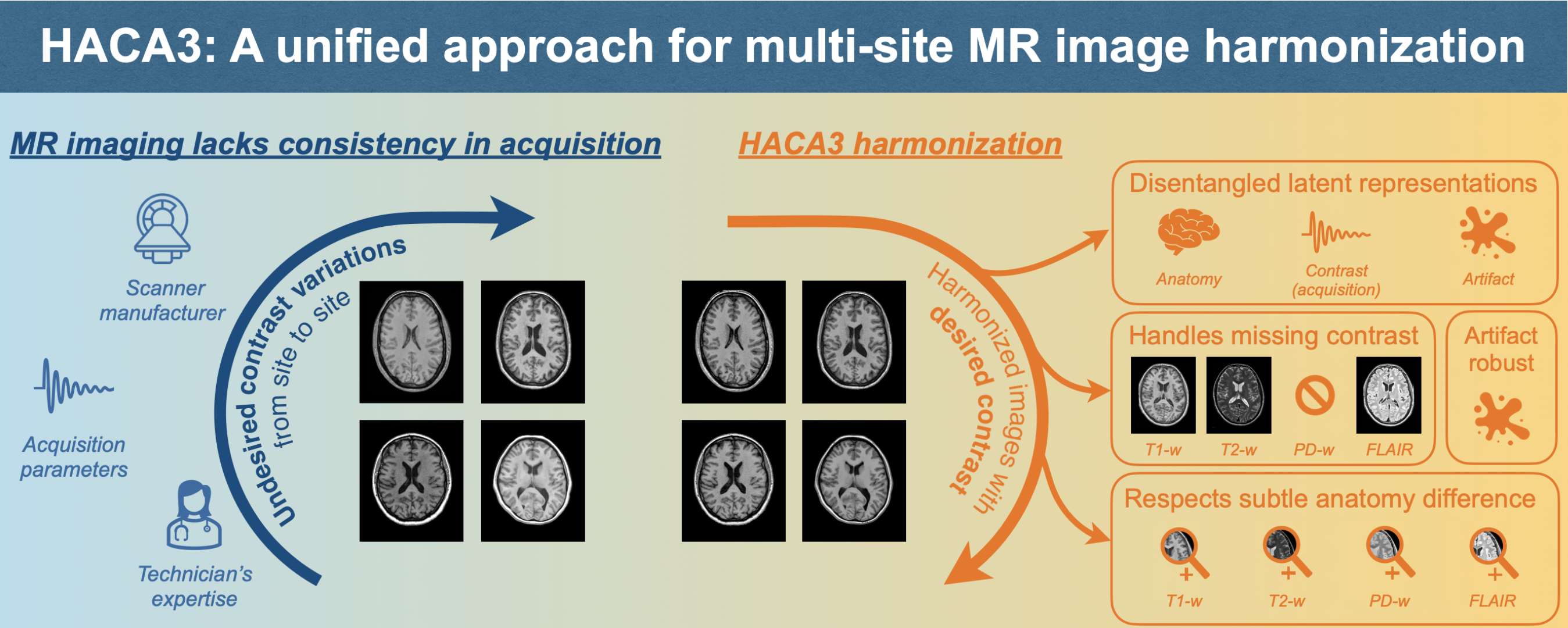Portfolio item number 1
Short description of portfolio item number 1
Short description of portfolio item number 1
Short description of portfolio item number 2 
Published in Computerized Medical Imaging and Graphics, 2023

@article{zuo2023haca3,
title={HACA3: A unified approach for multi-site MR image harmonization},
author={Zuo, Lianrui and Liu, Yihao and Xue, Yuan and Dewey, Blake E and Remedios, Samuel W and
Hays, Savannah P and Bilgel, Murat and Mowry, Ellen M and Newsome, Scott D and Calabresi, Peter A and
Renick, Susan M and Prince, Jerry L and Carass, Aaron},
journal={Computerized Medical Imaging and Graphics},
volume={109},
pages={102285},
year={2023},
publisher={Elsevier}}
Published in SPIE Medical Imaging, 2024

@article{hays2024revisiting,
title={Revisiting registration-based synthesis: A focus on unsupervised MR image synthesis},
author={Hays, Savannah P and Zuo, Lianrui and Liu, Yihao and Feng, Anqi and Zhuo, Jiachen and Prince, Jerry L and Carass, Aaron},
journal={arXiv preprint arXiv:2402.12288},
year={2024}
}
Published:
This is a description of your talk, which is a markdown files that can be all markdown-ified like any other post. Yay markdown!
Published:
Published:
Workshop, University 1, Department, 2015
This is a description of a teaching experience. You can use markdown like any other post.
Graudate-level course, Johns Hopkins University, Department of Eletrical & Computer Engineering, 2018